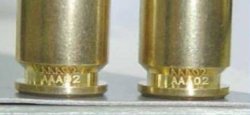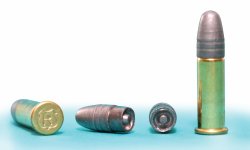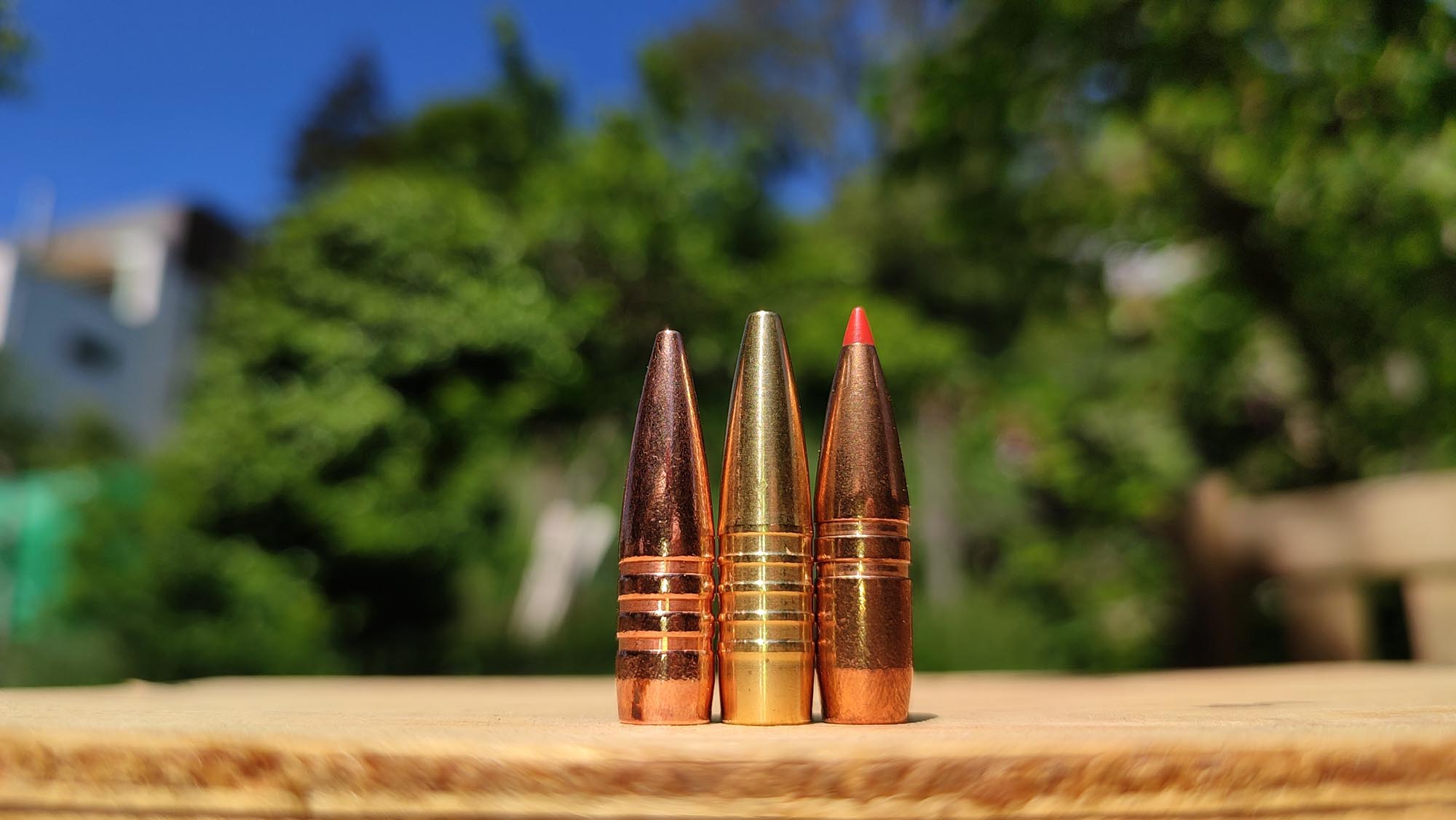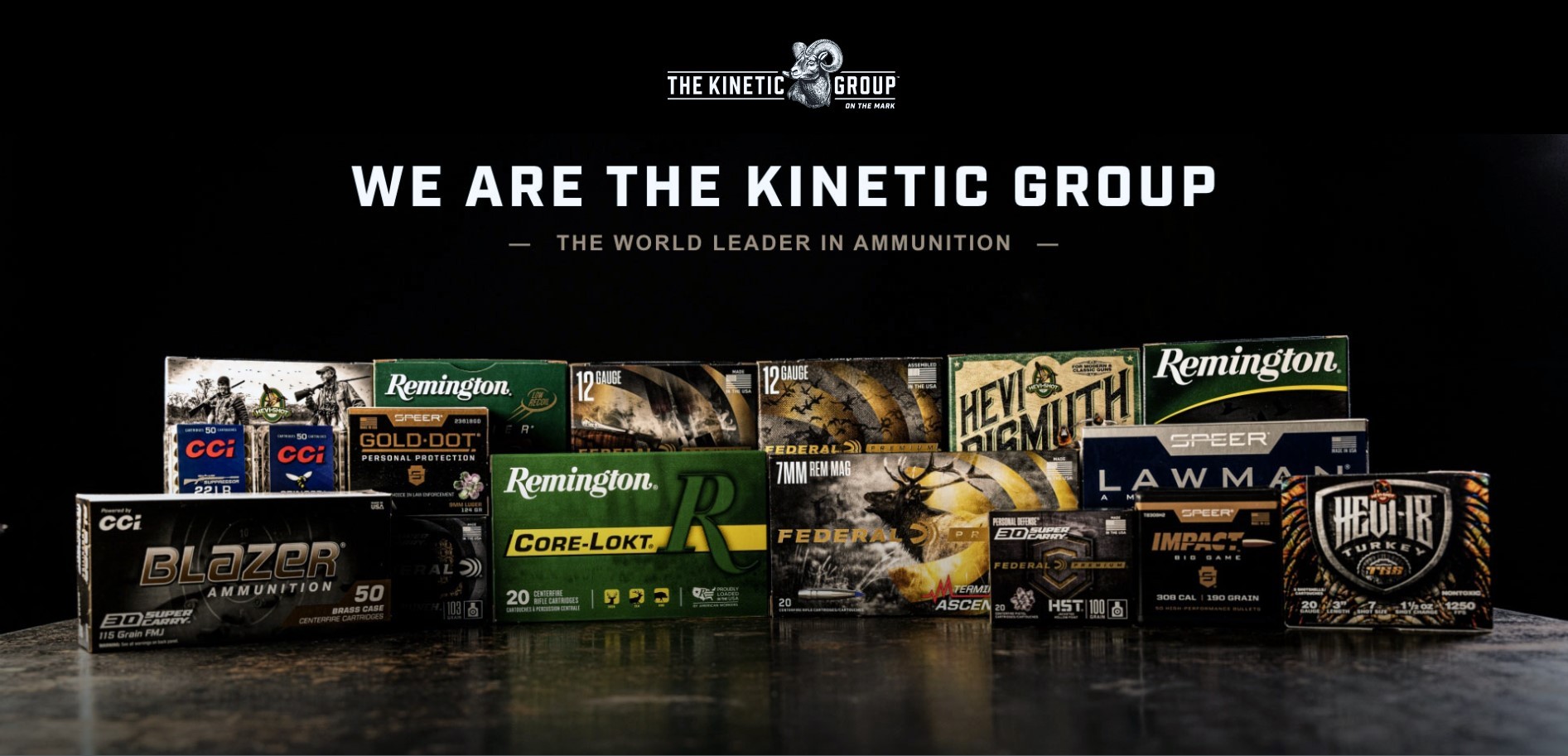As many of you probably know, that incredibly useful and ideologically unbiased organization that is the United Nations is revolving around the possibility of applying the latest available technologies to mark every individual cartridge produced. This, according to the UN “Office for Disarmament Affairs” (yes, they have such an office) “would enhance transparency and accountability in the arms and ammunition trade and help significantly to limit the scope of the illicit trade”. Anyone with basic common sense understands that marking (and tracing) each and every individual cartridge would be an expensive and messy affair for manufacturers, retailers and law enforcement authorities as well. But just like many people today, the UN is not interested in common sense. That's why AFEMS, the Association des Fabricant Européen de Munitions de Sport – Association of European Manufacturers of Sporting Ammunition, felt compelled to set out its position on the issue of the marking of ammunition.
Marking every single cartridge: practical challenges and technical problems
First of all, AFEMS stresses how discussions ignore the complexities and the numerous challenges that cartridge marking would face. Moreover, the UN has always referred to Small Arms and Light Weapons (SALW) and related ammunition, without making the necessary and proper distinction between military and civilian uses, nor between shot shell and centerfire / rimfire ammunition.
AFEMS points out that the ammunition industry is built on large-scale production, which means that efficiencies, costs, and prices of the final products are based on large production volumes at the fastest possible pace. “While in the production of ammunition for the military market it is possible to know who the final user will be in advance (i.e. military, law enforcement bodies, or any other governmental entity), this is not possible when ammunition is produced for the civilian market, whose distribution covers thousands of customers at the end of a chain made of different intermediate sellers and purchasers,” AFEMS says. “Cartridges from the same batch can be distributed to different distributors/retailers in different countries or continents”.
All this means that marking ammunition for the civilian market “in order to be able to trace the final customer in order to prevent any single piece of ammunition falling into the hands of criminals” can't simply be achieved at the production stage.

There are also a number of practical challenges posed by ammo marking. Brazil is often presented at UN level as an example of best practice: apart from traditional head-stamping, some Brazilian companies use laser technology to mark the extractor groove of the cartridge with a combination of characters and numbers that are exclusive to each client and each production series. However, the marking of ammunition in Brazil is only applied to ammunition supplied to law enforcement and military sectors, and only to clients in Brazil – laser marking of ammunition in Brazil is definitely not applied to the civilian market (since, as explained above, it would be practically impossible to know the final user at the production stage). Moreover, the marking is made on the extractor groove which is not present on all cartridges; not all cartridge cases are made of brass (laser marking would also need to be compatible with plastic cases of different sizes and colour); several ammunition calibers with very high production volumes (e.g. 22 LR, 6.35 Browning, 7.65 Browning, 9mm Browning short, etc.) are so small that it is almost impossible to affix an additional alphanumeric code; and laser marking on brass would remove part of the protective layer, with the possibility of causing metal fatigue, damage to the structural integrity of the ammunition or rust.
Ammunition marking: why it’s an administrative mess

To make matters worse, there are other technical and economic problems. For example, every production line must be CE marked (not only every single machine, but every connected machine). In addition, if a new laser marking station were to be incorporated into the production line, companies would have to recertify the whole production line. This would need to be done for every single production line, thus generating new costs. On top of that, legislation in many countries provides that the surface temperature of every single part of the assembly machine must not exceed a given temperature (e.g. in Italy, the limit is 65°C). Laser marking is likely to exceed this limit and therefore could not be used in explosive facilities.
But even after huge investments in new equipment, the development of new additional equipment for every single loading machine, the use of human resources to standardise the entire process with the resulting companies’ competitiveness decrease and increased responsibility on manufacturers, dramatic impact on the costs, speed and capacity of both production and management of the process and stock, logistical problems post-production (customers often require moving pallets and combine multiple calibers in one pallet), etc., you still have the administrative challenges:
- If laser technology were to be applied at the production stage to mark every single cartridge with information about the distributor/retailer, then it would be necessary to set up and maintain a complex database tracking ammunition all the way down the supply and distribution chain.
- To keep track of the ammunition sold to final users, a second database at trade level would need to be created and maintained by retailers, interconnected to the first production database. This would mean higher costs at both stages in terms of equipment and human resources, and further responsibility on producers and retailers to manage this sensitive data.
- Tracing reloaded ammunition: the reloading of ammunition is a very common practice among end users. End users usually buy cartridge cases at the gun shop or, more often, recover those at shooting ranges that might have been purchased and used by another shooter, to reuse them. This would, of course, jeopardize any efforts to trace the final user and could generate problems in the case of reloaded ammunition being diverted into criminal channels and subsequently discovered in a crime scene.
Conclusion: ammo marking is disproportionately costly and ineffective
AFEMS concludes that “it is clear that marking every single civilian cartridge for tracing purposes is practically impossible. Even if it were somehow possible, the economic, technical, and administrative challenges faced by all those involved in the production and retail process would be enormous and would be disproportionate to the effectiveness of the measure in addressing the underlying problem”.










